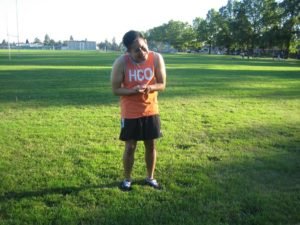Many individuals who want to stay fit and healthy now opt to go on bicycle rides. Whether it is a short trip around a few blocks or a long-distance trek in the wilderness, cycling can take its toll in the body including the ulnar nerve.
Irritation of the ulnar nerve can occur at the elbow or the wrist and typically due to shock and vibration absorbed by the arms during a ride. Remember that this condition occurs more commonly among those who engage in off-road biking and mountain biking. Getting enough rest and modifications to the cycling routine can help resolve the discomfort as well as prevent handlebar palsy from developing.
What is the ulnar nerve?
The ulnar nerve is responsible for supplying the pinky side or lateral palm, flexor muscles of the anterior forearm as well as skin of the lateral two thirds of the hand. Any changes in the sensation once the ulnar nerve is affected can occur in the ring and pinky finger of the individual. Remember that this nerve can be limited at the wrist or the elbow.

What are the signs and symptoms?
The indications tend to differ when handlebar palsy disturbs the ulnar nerve. At the initial start of the irritation, the tenderness of the nerve can be experienced in the form of numbness or tingling sensation. Once the damage to the ulnar nerve persists, the weakness, pain and diminished grip strength can occur.
Management
Getting enough rest and application of an ice pack are the initial measures in managing ulnar nerve damage. Rest along with regular periods of cold therapy might be required for 2-4 weeks. In some cases, splints are also recommended in order to avoid further irritation of the nerve.
Supplements such as vitamin B complex can be taken to help heal the ulnar nerve damage in a faster rate. Non-steroidal anti-inflammatory drugs (NSAIDs) are usually prescribed by the doctor. In case the condition persists and not treated promptly, surgical intervention might be required to reduce the pressure on the nerve as the last resort.
Preventive measures
The best way to prevent further irritation of the ulnar nerve is to wear padded gloves while biking so that the individual can continue the activity with minimal irritation on the nerve.
It is also recommended to change the position of the handles as well as the seat of the bicycle can also help prevent the development of ulnar nerve damage. In case the handlebars are positioned too low or the structure of the bike is large, the individual has to stretch or reach out for the handlebars. In addition, if the seat of the bicycle is tilted in a forward manner, this adds additional weight and pressure on the forearm and wrist.
